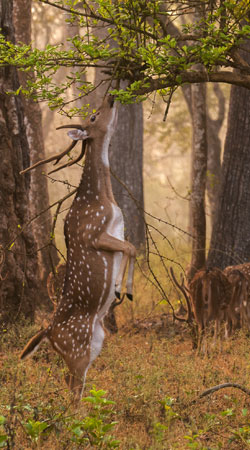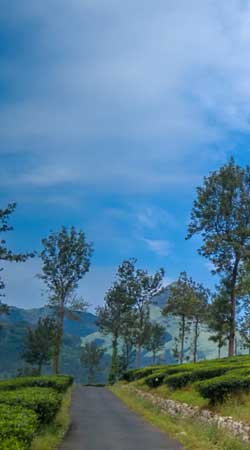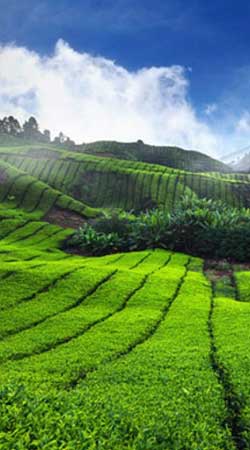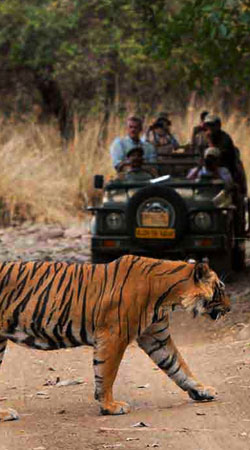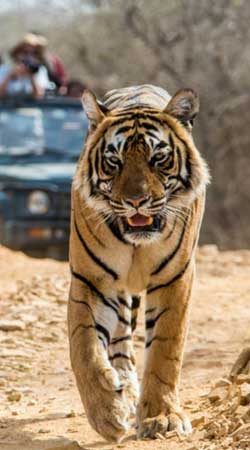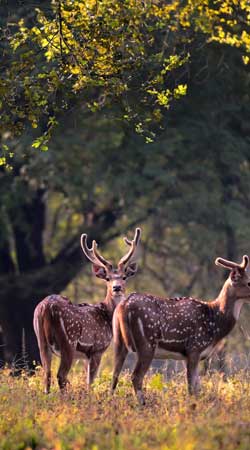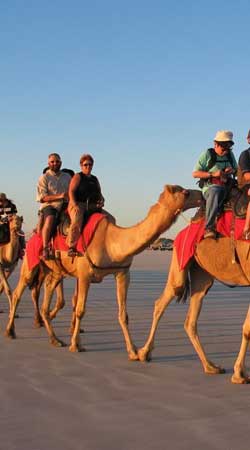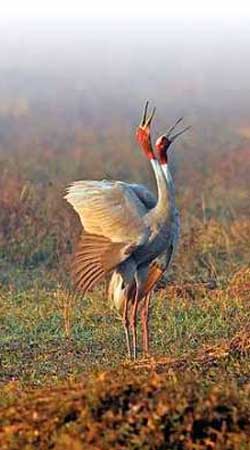
Mudumalai National Park & Wildlife Sanctuary - Nilgiri
The dominant natural feature of Southern India is the Western Ghats. This monumental mountain chain stretches from inland of Mumbai to the southern part of Kerala, with the great rivers of the south east emerging to flow through Tamil Nadu and Karnataka, both of which have a lot of territory in these hills.
Once thickly forested over their entire length and breadth, a proportion of the Ghats are now rich agricultural land, with spices, tea, coffee, vegetables and more are grown. Rich soils and perfect climatic conditions make the Ghats one of the greatest areas of biodiversity in Asia.
The two major activities in this park are short elephant rides and van trips into the park. Elephant numbers are healthy here too, as well as deer, peacocks, leopards, hornbills and many more.
As this park is close to Ooty, there are many local day trippers who come here making a true wilderness experience rather unlikely. Very close to Mudamalai is the private reserve of Wild Canopy where visitors may stay in wonderfully constructed tree houses 15 metres above the forest floor. This is a rare opportunity to stay in the forest itself with animals passing beneath your accommodation to drink at nearby waterholes.
The Nilgiri Hills area was a favourite of the British during colonial times and the hill station towns of Ooty and Coonoor are popular holiday spots to this day. Away from the towns, a variety of opportunities exist for tribal visits, short and long treks, tea plantation tours, and drives to some spectacular viewpoints. This region is a bird watcher’s paradise with a variety of habitats leading to a great diversity of species.

